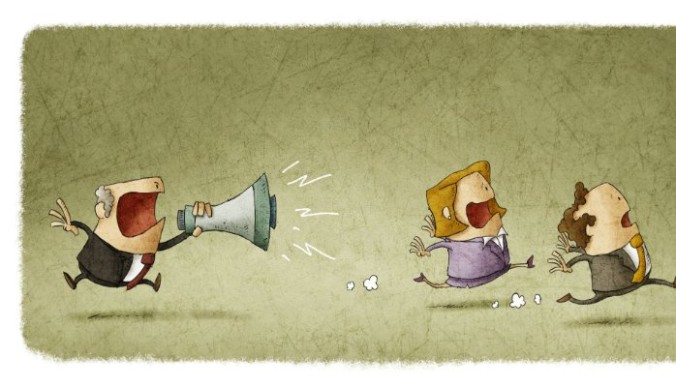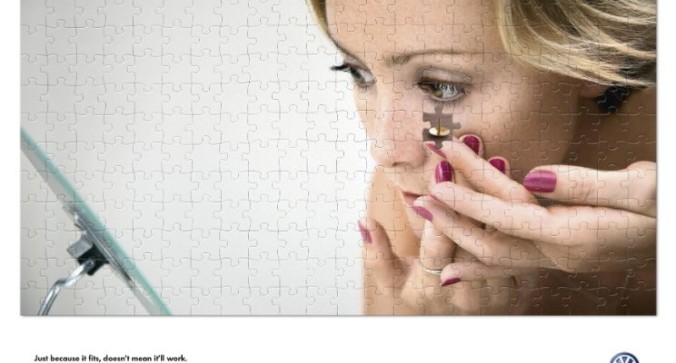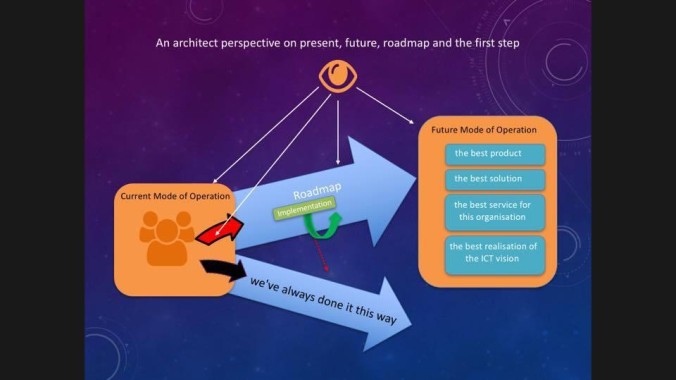A great article. Flip your (work) script: evaluate and fix forward instead of comfortably leaning backwards after pinpointing the weak points in someone/thing else. Stop the Negativity: Become an Anti-Critic
Tag: imperfectie (Pagina 1 van 2)
“Buddhism with wooden shoes…if you really have to”, the Dalai Lama answered. The interview was about 40 years ago in the Netherlands. It still contains value.
The setting? After the flower-power hype more and more Dutch people where getting into Eastern religious ideas and practices. The Dalai Lama was rather curious whether this was not too easy, whether their own religion was really not suitable for their needs and lives.
The question? If Western people could not find peace in their own religion, what would be his advice.
The value? What you have might be better than you thought, saw and felt before. Perhaps look at it with a different perspective, renovate your shoes, your house, your work attitude. New Year’s resolutions are big hairy audacious goals (BHAGs)… we too often fail within only a couple of weeks. Whether in our personal life or in business: a new tool, a new diet, a new task will not make us happy.
Try adjusting and improving what has brought you so far, there is more to you than meets the blinking eye.
I had worked so hard to create the perfect situation that in the end nobody could enjoy the results. Yes, I have ruined quite a lot of things, relationships and processes. Of course with the best intentions. At work, I see bright and intelligent people trapped in similar battles. Scared to make a decision or in doubt on a solution? Point at the imperfect nature of a someone else’s solution: “this is not a total solution, so go back to the drawing board”.
The Nirvana fallacy: the lie of the perfect solution
Some years ago I called this the Nirvana fallacy. It is simple and widespread in IT way of working: you compare a solution with an ideal and not with an alternative solution. This is great for killing any initiative and keep the status quo. How inconvenient that situation may be: the solution is not perfect so we have to reject it.
A fine variant is “we have to wait for the outcome” of another project, of another meeting. Leaders should be alert and ask for an alternative way of working or an alternative solution. Yet, we run the risk that no one in the meeting is alert. This is quite convenient for the Nirvana player. He/she shows the “real” solution. He/she is quite a colleague because he/she knows what is best for the organization.
Why this fallacy works in any imperfect situation
The moment an application or hardware comes out of the box the imperfection starts. It needs to be combined with other applications, hardware and requirements. There is no manual for that combination. Since our organization is unique -that’s what most members think of their own organization- the combination is unique. And since we want the best for our organization….
Wabi-sabi: beauty within constraints
A fruitful perspective is wabi-sabi. This Japanese and buddhist concept concentrates on the beauty of everything not perfect. Individuality, authenticity and imperfection are important values in this form of art. Hey, those values sound familiar for every unique organization. Yes but, that is art, we cannot compare it to complex IT applications and processes.
Option B: a way out?
In her book Option B Sheryl Sandberg quotes a friend, promising her to deal with deep adversities: “Option A is not available”. He then promised to help her make the most of Option B. We all live some form of Option B.
Yes, but, -always this “yes but”- that is on personal life. We IT geeks work with binary stuff, good and bad, black and white, functioning and not functioning. Well, let us be fair: how many times have we said of our own work “in principle it is ready” or “normally it works”. We are quite forgiving on our own products, processes. Why not give others the same amount of credits? And improve transparently in small steps?
Metrics
A few years ago I had to take over a project and assess the results of the developers. I was fed up with all the “in principle”, “nearly ready”, “90% ready” so I started asking whether the results could be set in production tomorrow. Additionally I requested the following answers: pregnant or not pregnant. All the green lights turned into red lights and program management freaked out. One of my present customers prefers absolute transparancy since it clarifies what needs to be done. His courage lies in transparancy, regardless of the outcomes. His power lies in clearly defined goals. I like to go further. Clearly defined goals are important but measuring the results as well. That’s what I like in Scrum:
- large scale epics are cut into smaller user stories
- only some of those smaller stories are realised in upcoming work
- previously, we had agreed upon the definition of done to assess the results
So imperfect, real curves and corners are ok, the best we want and they give way for improvement:
- ask for alternatives when confronted with the Nirvana fallacy
- accept the imperfection of your organization, yourself … and your colleagues
- create a roadmap with small, clear and measurable results
… Just do it
Some tasks paralyze us. They are big, hairy and audacious. From present innovation culture we can learn the acceptance of failure, learning from failures and failing forward. In my work I present fast to provide others with the opportunity to improve and take ownership of solutions. Just start the discussion forward with the risk of rejection and the opportunity of cooperation.
Happy hunting.
Do you love fun… in IT design? Well I do.
Ogilvy South Africa has created a few provoking images. These images express the awkward situation of IT design that concentrates merely on technology:
- Just because it worked before, doesn’t mean it will work now
- Just because it’s supposed to work, doesn’t mean it will
- Just because it works, doesn’t mean it’s fixed; and finally
- Just because it fits, doesn’t mean it’ll work
The bliss of IT architecture is combining technological options with non-technical requirements: is it sustainably manageable, operationable, to whom does it bring -long term- value? The fun of IT architecture is detecting fallacies in thinking -if all conditions work as supposed, it will work- and steering towards rediscovering the goals, outside IT.
And, to put it in Thomas Edison’s words: Just because something doesn’t do what you planned it to do doesn’t mean it’s useless.

Invited to a meeting, I accept…. but no agenda, no meeting! Use Subtle Cues to Encourage Better Meetings
Great fun to apply Phil McKinney’s antibodies corporate antibodies on architecture on the KPN IT architects’ day, 120 participants. Discussing tools to cope with resistance against architecture. Let’s make IT results with IT architecture. With eg Ronald Muijrers, Paul Goyen Sander Visser
Blij een ander te kunnen helpen en er zelf ook van te leren: IT architecture coaching. Danny van Beek, bedanktvoor de recommendation







